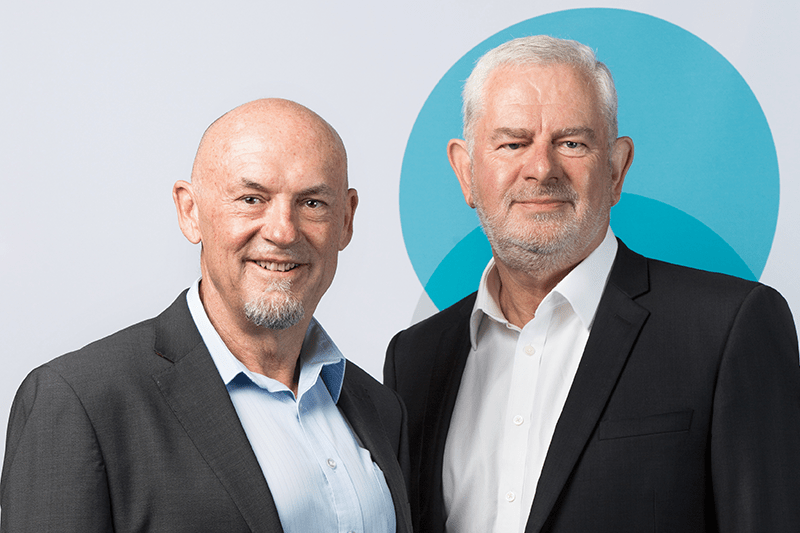By Peter Kelly on 2 May 2018
A couple of weeks’ back I covered the rules around the timing of superannuation contributions.
In line with the same theme, I thought it would be worthwhile to revisit some other important things to keep in mind about contributions, especially considering some of the significant changes that came into effect from 1 July 2017.
Most readers will be aware there are two main types of superannuation contributions:
- Non-concessional contributions, and
- Concessional contributions
Non-concessional are personal contributions we make to super - contributions we make for our spouse and for our children under 18 years of age.
These are contributions we don’t intend to claim tax deductions for and are usually made from our after-tax income, from savings or from the proceeds arising from the sale of something such as an investment property.
In some cases, non-concessional contributions may be made from an inheritance or a windfall such as a lottery win. In other cases, the proceeds from a personal injury settlement may be contributed to super as a non-concessional contribution however, they are subject to their own special rules so we won’t cover them here today.
Before I go on, you may have heard about ‘downsizer contributions’. These are contributions made by people over the age of 64 where they sell their home and wish to contribute all or a part of the sale proceeds to super. They are also subject to their own unique rules so I will cover them in a later blog.
There are a number of important rules around making non-concessional contributions, including:
- The usual rules around age limits That is, contributions may be made by someone under the age of 65 however, if aged between 65 and 75, a work test must be met in the year of the contribution is being made. Non-concessional contributions can’t be made by people aged 75 or over – even if they meet the work test.
- Non-concessional contributions are subject to an annual limit of $100,000 per year. However, where a person has a ‘total superannuation balance’ that exceeds $1.6m, they are no longer able to make non-concessional contributions. The total superannuation balance is the total of all amounts a person had in super at the end of the previous financial year.
- A unique feature of non-concessional contributions is the ability to bring forward up to three years contributions, if under age 65. This means you may contribute up to $300,000 in one year, but then nothing in the next two financial years. The contributions that may be made under the three year bring forward rule are scaled back when your total superannuation balance exceeds $1.4m.
Concessional contributions are virtually any contributions that are not a non-concessional contribution. They include contributions made by an employer, tax-deductible personal contributions, and contributions made by third parties. Also, contributions made by a parent or grandparent for children aged 18 or older are treated as concessional contributions.
When concessional contributions are received by a super fund, they are treated as income of the fund and are taxable at a rate of 15%. This is often referred to as ‘contributions tax’.
Concessional contributions are subject to a maximum cap or annual limit of $25,000. This is a reduction in the limits that applied in 2016-17.
Exceeding either the concessional or non-concessional contribution cap can have tax implications, so this is best avoided.
If planning to make either non-concessional or concessional contributions before 30 June this year, consider seeking the assistance of a qualified financial planner to ensure you don’t inadvertently get caught up by any of the complex rules that apply.



comments